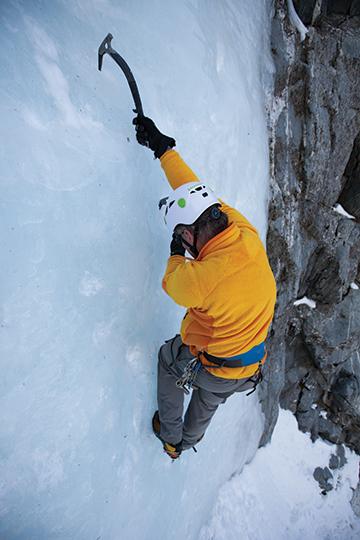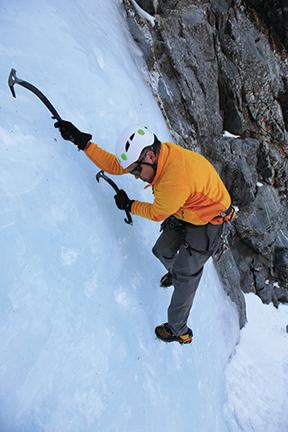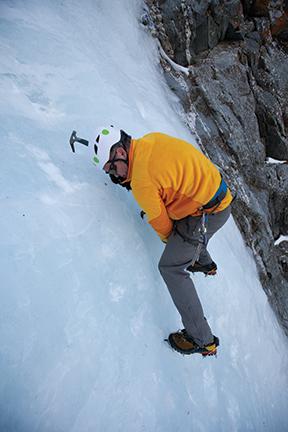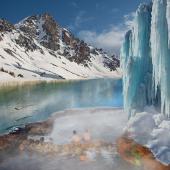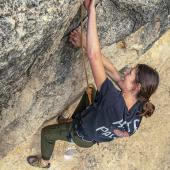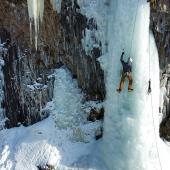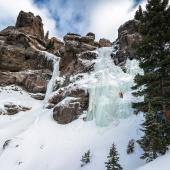Ice Endurance
Tips and techniques for a long, happy life of ice climbing.
Typically, learning to ice climb is separated into two segments. The first is “basic” ice movement on low-angle terrain. This is followed by “advanced” techniques for steep or vertical terrain. Yet I’ve seen climbers that can follow challenging WI5 or M6 spend two hours trying to lead Upper Greensleeves when faced with dinner-plating Grade 3 ice during a -30 arctic front.
Hardcore training never hurts, but learning “advanced” techniques for moderate bulging ice is the best thing you can do to make ice climbing quicker, safer, and more fun as you move onto longer climbs and branch out to new venues like Cooke City or the Canadian Rockies. And these techniques usually have little to do with how strong you are.
Assuming you are already versed in the fundamentals of swinging, keeping your heels down, and staying in balance while moving on ice, your next steps should be focused on interpreting the ice in front of you and how to move your body in tune with the natural features.
Go out and spend a few days in the hills thinking primarily about the cause and effect of every move you make on ice or mixed. Every time you move, do so with a conscious expectation of what you think might happen. Does the ice dinner plate? Is the pick surprisingly thunker? Does that rock break? But more importantly, quickly evaluate how it feels as you move. Is it going to pop at any moment? How high can I confidently raise my feet? Can I turn my hip into the ice to reach over the next bulge? Don’t overanalyze or freeze in doubt. If it doesn’t work or you don’t like it, simply try it differently and file away what you just learned.
I do this on every single move on every pitch. With over a million vertical meters of ice of all types under my belt, it happens almost immediately. But the point is, it keeps me constantly learning and experiencing every move, every ice climb.
The true masters like Barry Blanchard read the terrain and only swing in the good placements located in concave divots, hooks, or plastic ice even when they aren’t conveniently located. They rarely knock anything down on even the coldest, most brittle days. But more importantly, decades later, they are still enjoying every day they have on ice.
Every “basher” I’ve ever encountered gets bored and quits ice climbing after a few seasons of making everyone around them suffer. But those who embrace the ever-changing beauty of how weather, rock, and freezing water interact and learn the intricacies of how to move with the natural features, large and small, will never tire of the wonderful world of ice and where ever the adventure takes them.
This article first appeared as "Hyalite How-To" in the 2013 Bozeman Ice Festival's official program.


